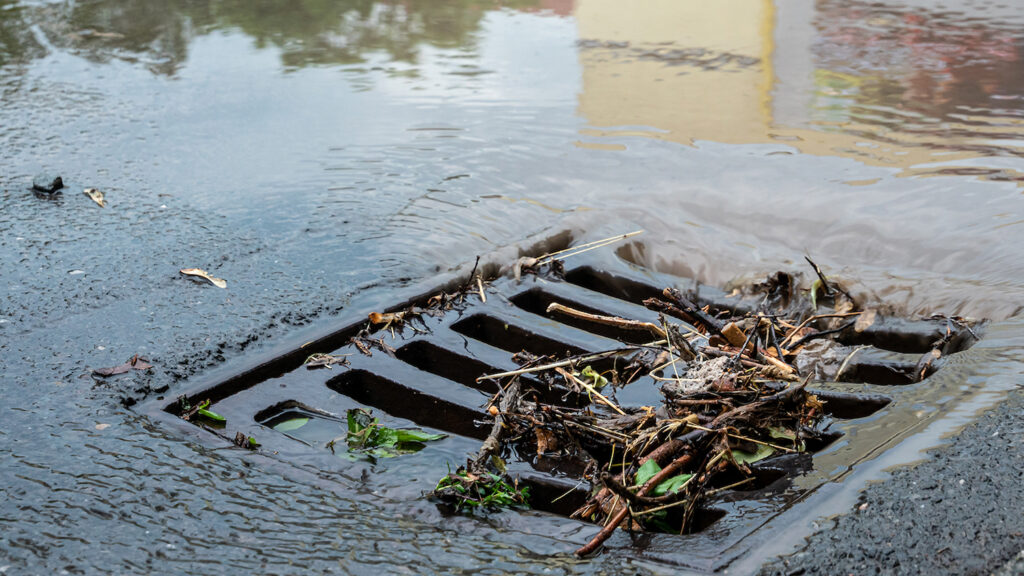5 Benefits of Urban Forests

Urban forests, or community forests, are defined as a collection of trees in cities and suburban areas. These forests are estimated to cover 35.1% of urban areas across the United States. They include trees in residential properties, along city streets and those planted in parks.
We recently spoke with Robert Bardon, associate dean for extension at the College of Natural Resources, to learn more about the many environmental, economic and social benefits these forests provide. Here’s what we found out:
Reduced Energy Costs

Urban trees create a 7% reduction in the energy used for heating and cooling U.S. homes. “If you have shade trees around your home, you pay less in energy costs, especially during the summer,” Bardon said.
Researchers at the USDA’s Forest Service found that U.S. urban forests save $7.8 billion annually in avoided residential heating and cooling costs and an additional $3.9 billion in avoided emissions.
Improved Mental Well-Being

NC State researchers continue to find that spending more time in nature can improve mental health. Trees help us to relax and urban forests create valuable outdoor spaces for recreation, according to Bardon.
“Trees help us to enjoy the outdoors more,” he said. “We’re more likely to go outdoors and our kids are more likely to play in the outdoors when there’s trees in the environment.”
Studies have also shown that urban forests help hospital patients recover more quickly. Patients staying in rooms with windows and views of surrounding trees recover faster than those without these views, according to Bardon.
Carbon Storage

A mature tree can absorb 48 pounds of carbon dioxide annually, about the equivalent of driving 50 miles. This carbon remains in the tree’s tissues until it is burned or decomposes.
According to the Forest Service’s i-Tree County tool, Raleigh’s urban forests provide $276 million annually to the community from carbon storage alone. The tool can also be used to calculate other benefits, including avoided runoff, air pollution and energy usage.
Decreased Runoff

Trees significantly reduce runoff by taking up water through their roots. In fact, runoff from an area covered in impervious surface is five times that of a forested watershed of the same size.
Reduced runoff leads to improved water quality, as it reduces the amount of polluted runoff that enters our waterways. Urban forests also reduce the risk of flooding and promote the restoration of groundwater.
According to i-Tree, Raleigh’s urban forest saves $4.5 million each year in avoided runoff-related costs.
Increased Home Values and Incomes

In addition to providing economic benefits at the community level, trees also benefit individual homeowners. “At the homeowner level, a tree on your landscape or around your house can increase the dollar value received for your home if you’re selling it,” Bardon said.
According to one study, a tree planted in the front yard can increase a home’s sale price by $7,130 and raise the sale prices of surrounding homes.
Healthy urban forests also correlate with higher incomes, according to Bardon. “In communities that have thriving urban forests, you often see higher incomes, higher numbers of jobs associated with those communities, and higher productivity of workers,” he said.


